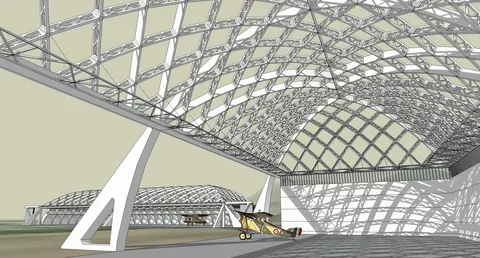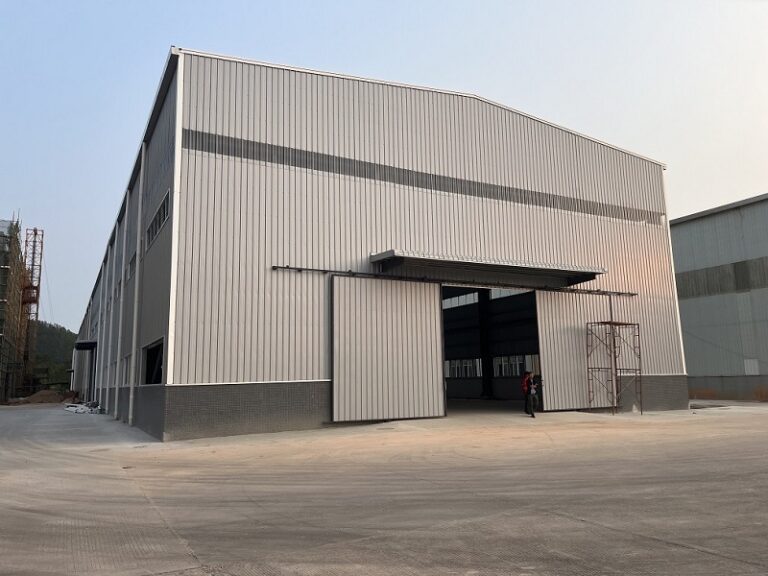Introduction
Steel structures are widely used in industrial and commercial construction due to their strength, durability, and cost-effectiveness. However, exposure to moisture, chemicals, and environmental factors can cause steel to rust, leading to structural degradation and increased maintenance costs. In this article, we will explore effective anti-corrosion measures to prevent rust in steel structures, ensuring their longevity and performance.
Causes of Rust in Steel Structures
Rust forms when steel reacts with oxygen and moisture, leading to oxidation. Several factors contribute to the corrosion of steel structures:
- Humidity and Water Exposure: Coastal regions, rainy climates, and areas with high humidity accelerate rust formation.
- Chemical Exposure: Industrial environments with acidic or alkaline substances can corrode steel faster.
- Temperature Fluctuations: Extreme changes in temperature can cause condensation, leading to moisture buildup on steel surfaces.
- Poor Maintenance: Lack of regular inspection and protective coatings can accelerate the corrosion process.
Effective Anti-Corrosion Measures
1. Protective Coatings
Applying protective coatings is one of the most effective ways to prevent rust in steel structures.
- Galvanization: A layer of zinc coating protects steel from corrosion. Hot-dip galvanization is widely used for outdoor and industrial applications.
- Powder Coating: A dry powder applied electrostatically and cured under heat, providing a durable and corrosion-resistant finish.
- Epoxy and Polyurethane Coatings: These coatings offer excellent moisture and chemical resistance, ideal for industrial environments.
2. Regular Maintenance and Inspection
Routine inspections help detect early signs of rust and take preventive action before severe damage occurs.
- Check for scratches, cracks, or peeling paint that could expose steel to moisture.
- Clean accumulated dirt, dust, and contaminants that may accelerate rusting.
- Reapply protective coatings when necessary to maintain the steel structure’s integrity.
3. Cathodic Protection
This technique prevents corrosion by making steel the cathode of an electrochemical cell.
- Sacrificial Anode Protection: A more reactive metal, such as zinc or magnesium, corrodes instead of steel.
- Impressed Current Cathodic Protection (ICCP): An external power source provides continuous protection, commonly used in marine and underground steel structures.
4. Weathering Steel (Corten Steel)
Weathering steel develops a stable rust-like protective layer, reducing the need for maintenance and coatings. It is ideal for bridges, outdoor structures, and architectural applications.
5. Environmental Control Measures
Minimizing exposure to moisture and corrosive elements can significantly reduce rust formation.
- Ensure proper drainage systems to prevent water accumulation on steel surfaces.
- Use dehumidifiers or ventilation systems in enclosed steel structures.
- Apply sealants in joints and connections to prevent moisture penetration.
Conclusion
Preventing rust in steel structures is essential to maintaining their strength and longevity. By using protective coatings, regular maintenance, cathodic protection, and weathering steel, you can effectively combat corrosion and extend the lifespan of your steel buildings. Investing in proper anti-corrosion measures not only enhances durability but also reduces long-term maintenance costs, making steel structures a reliable and sustainable choice for construction.



